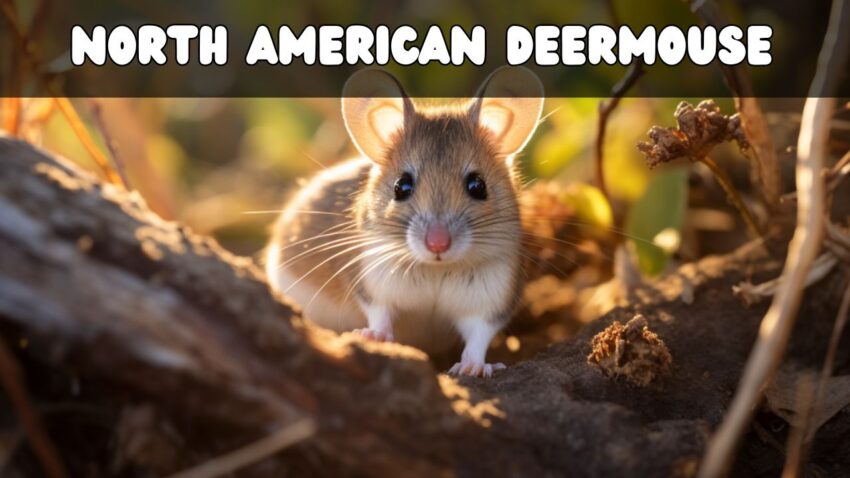The vast expanse of North America is home to a myriad of creatures, each playing a unique role in the ecological tapestry. One such enchanting creature is the North American Deermouse. This seemingly unassuming rodent, with its nimble feet and curious eyes, harbors a wealth of stories and attributes that often remain undiscovered by many.
Delving into the World of the North American Deermouse
Far from being just another rodent, the North American Deermouse stands as a testament to nature’s diversity and adaptability. They’ve carved out niches in various habitats, displaying an impressive range of behaviors and characteristics. While their name might suggest a semblance to deer, it’s their slender build and graceful demeanor that earn them the title. Beyond just looks, their role in the ecosystem, interactions with other species, and survival tactics make them an intriguing subject of study and admiration.
What to Expect: An All-encompassing Guide to the North American Deermouse
As we journey through this guide, readers will be introduced to the multifaceted existence of the Deermouse. We’ll explore their habitats, understand their physical makeup, dive deep into their behavioral quirks, and even address common questions that enthusiasts and potential caretakers might have. With each section, a new layer of the Deermouse’s life will be unraveled, offering insights and knowledge to both the uninitiated and the seasoned enthusiast.
Overview
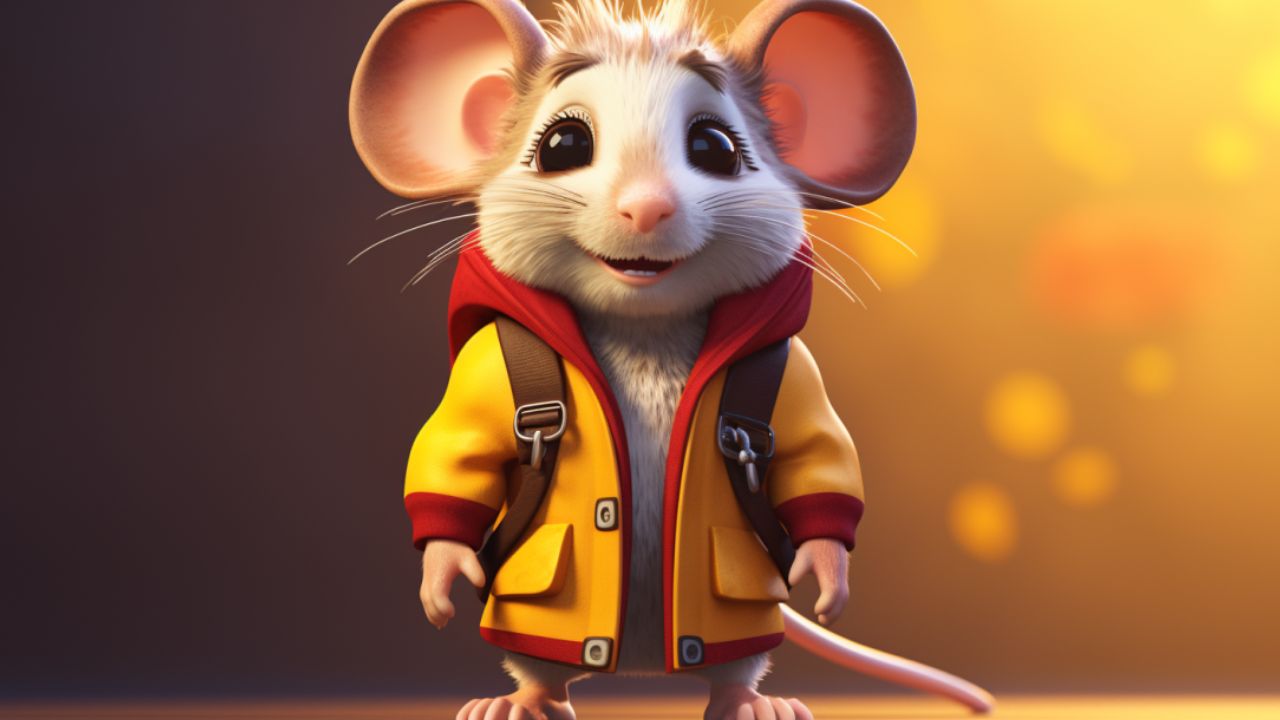
The vast realms of rodent species introduce us to creatures that are often overlooked but hold significant ecological importance. Among these, the North American Deermouse, with its unassuming presence, offers a blend of wild instincts and adaptability, making it a fascinating creature to delve into. This section aims to provide a snapshot of this captivating species, shedding light on its life in the wild and its occasional brushes with human civilization.
The North American Deermouse: An Introduction to the Species
While the name “Deermouse” may bring forth images of a hybrid creature, this rodent is, in fact, distinct in its own right. The North American Deermouse, scientifically known as Peromyscus maniculatus, is a species of rodent primarily found in North America. Often mistaken for the common house mouse due to its similar size and appearance, the Deermouse has its unique traits that set it apart. With its large eyes, soft fur, and agile movements, it captures the attention of those fortunate enough to encounter it in its natural setting.
From Forests to Households: Their Dual Existence
Nature designed the Deermouse for life in the wilderness. Thriving in a variety of habitats, from dense forests to grasslands, they display incredible adaptability. Their nocturnal habits and keen senses equip them well for survival against predators. However, with the gradual encroachment of human settlements into their natural habitats, it’s not uncommon to find these rodents navigating the domestic realm. While their presence in households can sometimes be seen as a nuisance due to their potential to spread diseases, understanding their nature and ecological role can foster coexistence and even admiration for their resilience and adaptability.
Natural Habitat
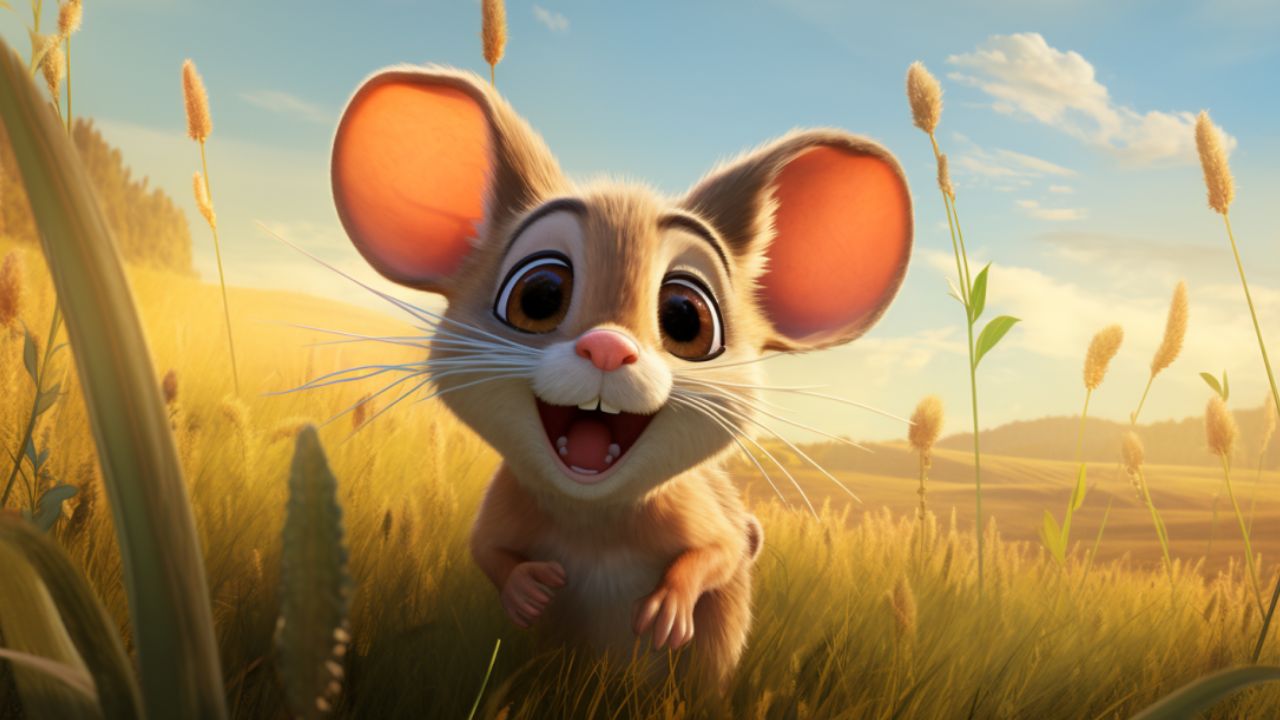
The North American Deermouse, while small in stature, roams vast and varied terrains across North America. Understanding its natural habitat not only provides insights into its survival and behavioral instincts but also underscores the ecological role it plays in these environments. This section is dedicated to uncovering the mysteries of where the Deermouse calls home and the critical elements that make these habitats ideal for its existence.
Traversing the North American Deermouse’s Native Terrain
Native to North America, the Deermouse has established itself across a wide range of habitats, demonstrating its adaptability and resilience. From the dense coniferous forests of the Pacific Northwest to the expansive grasslands of the Midwest, and even the arid regions of the Southwest, this small rodent has found ways to thrive. In each of these habitats, the Deermouse displays a unique set of behaviors tailored to the challenges and opportunities presented by its environment. For instance, in forests, they might take to the trees, using their agility to navigate the vertical world, while in grasslands, their burrowing instincts take precedence.
The Climate and Geographic Essentials that Define Their Habitat
Each habitat that the Deermouse occupies is characterized by distinct climatic and geographic factors. In the dense forests, a combination of moderate temperatures, high humidity, and the abundant cover provided by trees and shrubs offers the Deermouse protection from predators and a rich source of food. On the other hand, the grasslands, with their fluctuating temperatures and open spaces, require the Deermouse to be more vigilant and resourceful. They often rely on seeds, which are abundant in these areas, and adapt their nesting behaviors, seeking shelter in burrows or thickets.
In the arid regions, where water is scarce, the Deermouse has evolved to derive moisture from its food and minimize water loss, showcasing its incredible adaptability. Overall, the specific climate and geography of each region play a pivotal role in determining the diet, behavior, and reproductive patterns of the North American Deermouse.
Physical Characteristics
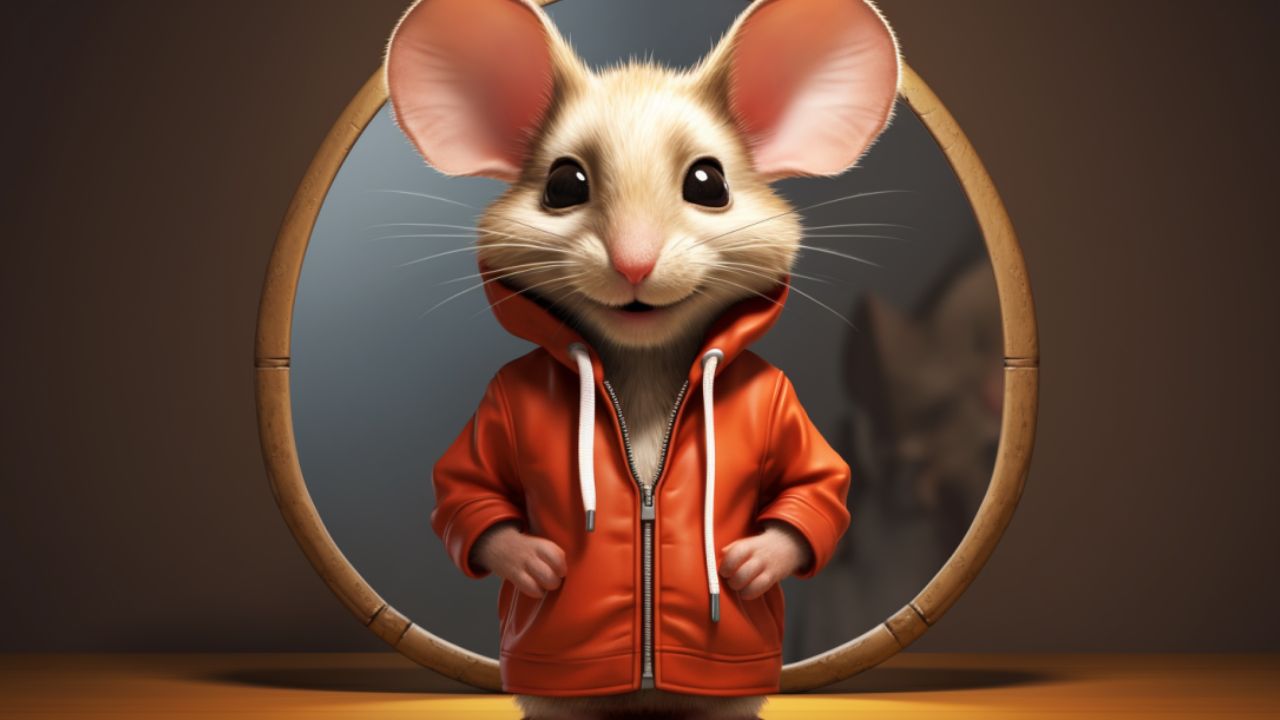
The North American Deermouse, though diminutive, possesses a charm that’s immediately recognizable. It’s not just another rodent; its distinct features make it stand out, giving it a character that’s uniquely its own. Whether it’s the texture of its fur or the shine in its eyes, each attribute tells a story of its evolution, habitat, and way of life. Let’s journey through the physical characteristics of this captivating creature, ensuring we don’t miss out on any detail.
Decoding the Appearance: Size, Color, and More
The North American Deermouse is typically characterized by its small size, averaging between 2 to 4 inches in length, excluding its tail. Speaking of the tail, it’s often as long as the body itself, sometimes even longer, and is covered with short hair and sometimes has a white underside.
One of the Deermouse’s most distinguishable features is its fur coloration. Most individuals boast a brownish or reddish-brown coat on their upper parts, contrasting beautifully with the white or light-colored underbelly. This color scheme provides them with the camouflage they need to blend seamlessly into their natural environment, shielding them from the prying eyes of predators. Their large, black eyes offer them excellent night vision, a trait invaluable for a primarily nocturnal animal. Additionally, their ears are proportionally large and rounded, aiding in both their acute hearing and endearing appearance.
Distinguishing Features and Evolutionary Traits
The North American Deermouse, much like other species, has evolved over time to adapt to its environment, resulting in several distinguishing features. These traits are not just superficial; they often serve a functional purpose, playing a critical role in the Deermouse’s survival.
One of the most prominent evolutionary traits of the Deermouse is its keen sense of hearing. Those large, rounded ears are not just for show; they enable the Deermouse to pick up on even the faintest sounds, be it the rustling of a potential predator or the distant squeak of a fellow Deermouse. This acute auditory ability allows them to react swiftly to potential threats, increasing their chances of survival.
Moreover, their coat’s particular coloration is another evolutionary marvel. The contrast between the brown or reddish-brown upper parts and the lighter underbelly is more than just aesthetic. This dual-tone fur serves as a form of camouflage, allowing the Deermouse to blend into its surroundings, particularly when it’s foraging on the forest floor during the night.
Additionally, the whiskers of the Deermouse are not just ornamental; they serve a tactile purpose. Acting almost as feelers, these sensitive hairs provide the Deermouse with information about its immediate environment, especially in the dark, helping it navigate through tight spaces and detect nearby objects.
These features, coupled with its adaptability, make the North American Deermouse a fascinating study in nature’s ability to refine and optimize a species for survival.
Behavior and Temperament

The North American Deermouse is more than just a creature with physical allure; its behaviors and temperament are equally intriguing. The way it interacts with its environment, its fellow species, and even potential threats offers insights into its evolution and survival strategies.
Getting to Know the Deermouse: Behavioral Patterns and Traits
One of the first things one might notice about the Deermouse is its nocturnal nature. These creatures are predominantly active during the night, taking advantage of the cover of darkness to forage and explore. This nocturnal behavior not only helps them avoid many daytime predators but also ensures a cooler and more stable environment in which they can search for food.
Social interaction varies among Deermice. While some are quite solitary, others can be observed forming small communal groups, especially during colder months. These groupings, often comprising of close relatives, are beneficial for warmth and protection.
Furthermore, the Deermouse has a reputation for being quite the hoarder. During the warmer months, it can often be observed collecting and storing food in various caches. This behavior ensures that they have enough supplies during the winter, where food might be scarcer.
Their Unique Idiosyncrasies and Characteristics
Every species has its quirks, and the Deermouse is no exception. One of its more fascinating behaviors is the way it communicates. They employ a series of high-pitched vocalizations, often beyond the range of human hearing, to communicate with one another. These vocalizations play a vital role in mating rituals, territorial disputes, and even as warning calls.
In terms of temperament, the Deermouse can be described as a creature of caution. It’s always on high alert, and its quick reflexes can be attributed to its heightened senses. When faced with threats, their primary reaction is to flee, using their agility and swift movements to evade predators.
Yet, despite their timid nature in the wild, Deermice can exhibit a certain level of curiosity, especially when in a safe environment. When housed as pets, some have displayed a keen interest in exploring their surroundings, climbing, and even engaging in play-like behaviors with their human caregivers.
In conclusion, the behaviors and temperament of the North American Deermouse reveal a creature that is both adaptive and intriguing. Whether it’s their method of communication, their nocturnal habits, or their unique idiosyncrasies, there’s always something new to learn and appreciate about these captivating rodents.
Diet and Nutrition
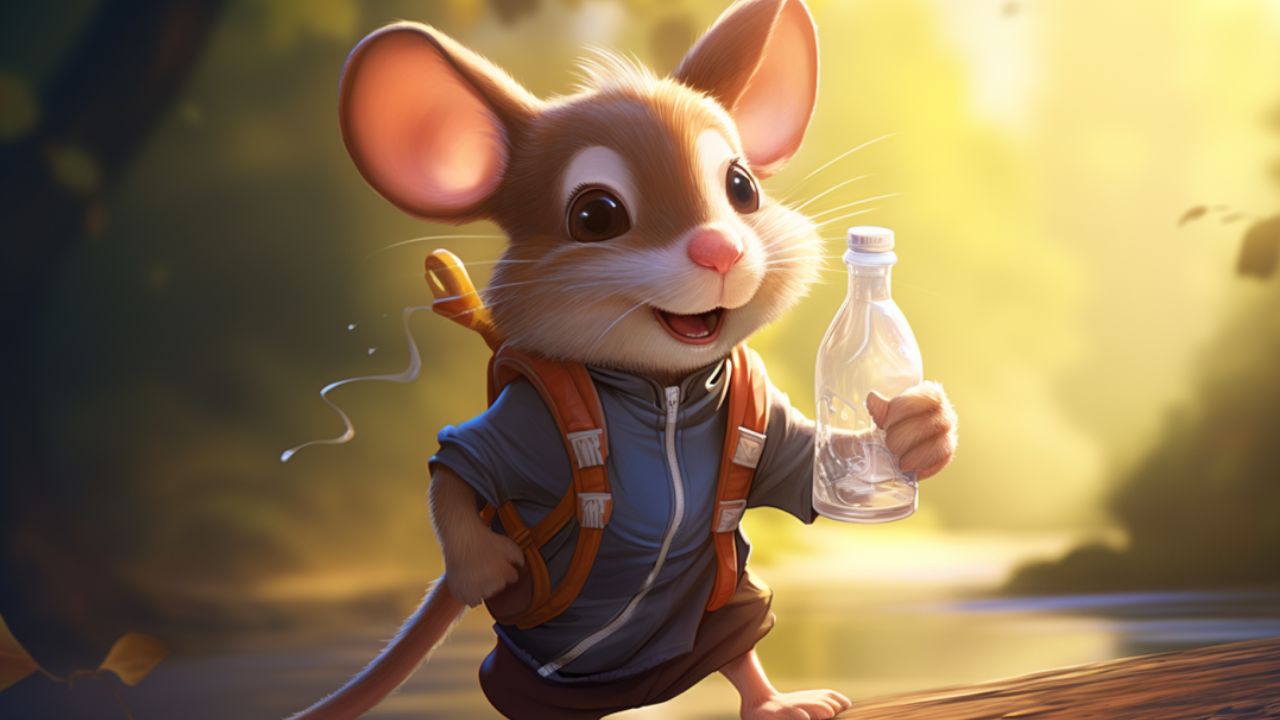
The dietary habits and nutritional needs of an animal provide invaluable insights into its lifestyle, habitat preferences, and evolutionary history. For the North American Deermouse, a varied and balanced diet is not just a preference but a necessity for its survival and well-being. Let’s take a closer look at what fuels these energetic rodents.
The North American Deermouse’s Dietary Palette
The Deermouse is an opportunistic omnivore, which means it will eat a wide variety of foods based on availability. In the wild, its diet primarily consists of seeds, nuts, fruits, and insects. The seasonal availability of these foods means that the Deermouse’s diet can vary throughout the year.
During spring and summer, when plant life is abundant, seeds, fruits, and green vegetation become their primary food sources. However, as winter approaches and vegetation becomes scarce, they shift more towards consuming stored food and even venture into insectivory, preying on insects and small invertebrates. This adaptability in diet ensures their survival during leaner times.
Nourishment Essentials for a Healthy Deermouse
While the Deermouse’s natural diet provides most of the nutrients it requires, understanding its nutritional needs is especially important for those who might keep them as pets or in captivity.
Protein is a significant component of their diet, usually derived from their consumption of insects and seeds. They also require a good amount of fiber, primarily sourced from plant materials, to aid digestion. Fresh water, of course, is a daily essential.
For those in captivity, a balanced rodent pellet can be the base of their diet, supplemented with fresh fruits, vegetables, seeds, and occasional protein sources like mealworms or crickets. Care should be taken not to overfeed, as obesity can be a health concern for captive Deermice.
Calcium and other minerals are also crucial for their bone health and overall physiological functions. Providing a mineral block in their habitat can be an excellent way to ensure they get these essential minerals.
In wrapping up this section, it’s evident that the North American Deermouse has a varied diet that caters to its energetic lifestyle and environmental needs. Whether in the wild or in captivity, a balanced diet is paramount for its health and longevity.
Housing and Environment

A proper understanding of the housing and environmental needs of the North American Deermouse is essential for anyone considering keeping one as a pet or for research purposes. Given their active nature and specific habitat requirements, creating a comfortable and stimulating environment is crucial for their well-being. This section will offer guidelines on setting up the perfect home for these rodents, ensuring they thrive in captivity.
Crafting the Perfect Home for the Deermouse
The Deermouse, despite its small size, is an active and curious creature. As such, their housing should reflect a mix of safety, space, and stimulation. A glass aquarium or wire cage can be suitable, with the former often preferred due to its escape-proof nature and ease of cleaning.
When selecting a habitat, ventilation is crucial. If opting for a glass tank, ensure it has a mesh top to allow proper airflow. On the other hand, if choosing a wire cage, the gaps between the wires should be small enough to prevent escapes.
Include multiple levels, climbing apparatuses, and hideouts to encourage exploration and mimic their natural environment. This not only offers them exercise but also helps in reducing stress.
Details on Cage Size, Bedding Choices, and More
- Cage Size: A minimum of 10-gallon capacity is recommended for a single Deermouse. However, larger is always better, especially if housing multiple mice. They should have ample space to roam, climb, and exhibit natural behaviors.
- Bedding: Bedding serves multiple purposes: it provides comfort, helps manage waste, and allows the Deermouse to indulge in burrowing behaviors. Aspen or paper-based beddings are ideal choices. They’re absorbent and less likely to cause respiratory or allergic reactions. Avoid cedar or pine shavings, as the oils in these woods can be harmful to rodents.
- Enrichment: The Deermouse is a curious creature and benefits from various enrichment items. Include tunnels, wheels, and chew toys to prevent boredom and encourage activity. Fresh branches from non-toxic trees can also be introduced for chewing and climbing.
- Temperature and Lighting: The Deermouse prefers temperatures ranging from 65°F to 75°F. Ensure their habitat is kept away from direct sunlight, drafts, or vents. While they don’t require specific lighting, maintaining a regular day-night cycle is beneficial.
- Cleanliness: Regular cleaning is a must. Remove waste daily and change bedding weekly, or as needed. Cleaning not only ensures their health but also reduces odors.
In conclusion, understanding the specific housing and environmental needs of the North American Deermouse is key to their health and happiness. Providing them with a suitable habitat, combined with regular care and attention, ensures a thriving, active, and content Deermouse.
Health and Wellness

Maintaining the health and wellness of the North American Deermouse is paramount for those who choose to keep them, whether as pets, for research, or for rehabilitation purposes. While these rodents are hardy and adaptive, they are not immune to specific health challenges. Recognizing early signs of potential problems and understanding preventive measures can significantly increase the lifespan and quality of life for the Deermouse.
Common Health Challenges and Their Prevention
The North American Deermouse, like other rodents, can encounter a variety of health challenges:
- Respiratory Issues: Symptoms include labored breathing, wheezing, and nasal discharge. These issues can be due to infections, allergens, or inappropriate bedding. Ensure the Deermouse’s habitat has proper ventilation and opt for non-aromatic, hypoallergenic beddings like aspen or paper-based products.
- Digestive Problems: Diarrhea, constipation, or a bloated abdomen can indicate digestive troubles. Ensuring a balanced diet, rich in appropriate fibers and nutrients, is crucial. Avoid sudden dietary changes, and be cautious about introducing fresh foods.
- Skin and Fur Issues: Bald patches, redness, or itching might be signs of skin infections, parasites, or allergies. Regularly inspect the Deermouse for any signs of external parasites like mites or lice.
- Dental Issues: Rodents have continuously growing teeth. Overgrown or misaligned teeth can cause eating difficulties. Providing chew toys and a proper diet can help wear down their teeth naturally.
- Injuries: Due to their active nature, Deermice are prone to injuries, especially if their environment isn’t properly secured. Regularly inspect their habitat for potential hazards.
Prevention is better than cure. Regularly inspect your Deermouse, maintain a clean habitat, provide a balanced diet, and ensure their environment is free from hazards.
Recognizing Signs and When to Call the Vet
Being vigilant about your Deermouse’s behavior and physical state can help in early detection of potential health issues. Here are signs that may indicate a need for professional intervention:
- Changes in eating or drinking habits.
- Lethargy or decreased activity levels.
- Unusual vocalizations or signs of distress.
- Rapid weight loss or gain.
- Abnormal feces or urine.
- Difficulty breathing or unusual sounds.
- Swollen or red eyes.
- Signs of pain, such as limping or reluctance to move.
If you observe any of these signs or have concerns about your Deermouse’s health, it’s crucial to consult with a veterinarian, preferably one experienced with rodents. Prompt medical intervention can make a significant difference in outcomes.
In conclusion, the well-being of the North American Deermouse hinges on attentive care, a suitable environment, and timely medical interventions. Being proactive in their care ensures that these charming rodents live a full, healthy, and contented life.
Breeding

The North American Deermouse, with its captivating demeanor, often sparks curiosity regarding its breeding habits, both in the wild and in captivity. Breeding, while a natural process, requires a well-informed approach, especially when done outside of the Deermouse’s native habitat. A holistic understanding of their mating habits, combined with responsible breeding ethics, ensures the health and well-being of both parents and offspring.
The Breeding Dynamics of the North American Deermouse
The North American Deermouse typically has multiple breeding periods throughout the year, often aligned with changes in season or food availability. Here’s an insight into their breeding dynamics:
- Mating Season: While they can breed year-round, the peak mating periods often coincide with warmer months when food is abundant. This seasonality ensures that offspring have the best chance of survival.
- Gestation and Litters: After mating, the female’s gestation period lasts about 3 to 4 weeks. A typical litter consists of 3 to 5 pups, though larger litters of up to 8 aren’t uncommon. Females can have multiple litters in a year, especially under optimal conditions.
- Post-birth Care: Newborn Deermice are blind, hairless, and entirely dependent on their mothers. Within a span of 2 to 3 weeks, they’re weaned, sporting a full coat and eyes open, ready to explore their surroundings. By 5 to 6 weeks, they reach sexual maturity and are capable of reproducing.
Ensuring Ethical and Safe Breeding Practices
Breeding the North American Deermouse, especially in captivity, carries responsibilities. Here are key considerations to ensure ethical and safe breeding:
- Avoid Inbreeding: Breeding closely related Deermice can lead to genetic defects and health issues in the offspring. Always ensure a diverse gene pool when planning to breed.
- Habitat Preparation: Before breeding, ensure the environment is suitable for both the parents and the anticipated offspring. The habitat should be spacious, clean, and free from stressors. Also, consider separating males after breeding to prevent potential territorial disputes.
- Postnatal Care: Provide additional nutrition to pregnant and nursing females. Ensure they have a quiet, secure nesting area. Regularly monitor the health of the mother and her pups, but limit unnecessary disturbances.
- Ethical Considerations: Breeding should not be done haphazardly or without a purpose. If breeding for pets, ensure there’s a plan for the offspring’s future homes and well-being. Avoid breeding solely for commercial gain without regard for the animals’ welfare.
- Health Screenings: Regularly health check potential breeding pairs for any signs of illness or genetic disorders. Healthy parents are more likely to produce healthy offspring.
In conclusion, while the breeding of the North American Deermouse can be a rewarding experience, it’s vital to approach it with knowledge, preparation, and a commitment to ethics. Ensuring the well-being of these creatures at every stage is the hallmark of a responsible breeder.
FAQs

The North American Deermouse, with its charming appearance and intriguing habits, is often the subject of numerous questions, especially among potential and new owners. From understanding their basic needs to discerning their behavior, this section aims to provide clarity on some of the most frequently asked questions about this fascinating rodent.
Addressing the Most Common Queries about the North American Deermouse
Q1: Is the North American Deermouse the same as a regular house mouse?
Answer: No, they are different species. While they may share some superficial similarities, the North American Deermouse (Peromyscus maniculatus) is distinguishable by its larger eyes, white feet, and white underbelly, compared to the typical house mouse.
Q2: Are Deermice nocturnal?
Answer: Yes, the North American Deermouse is primarily nocturnal, which means they are most active during the night and tend to rest during the day.
Q3: Can the North American Deermouse be domesticated as a pet?
Answer: While they can be kept as pets, they remain wild animals at heart. Their needs and behaviors differ from domesticated rodents like hamsters or gerbils. Ensure you’re well-informed and prepared to cater to their specific requirements if considering them as pets.
Q4: Is it true that Deermice can carry diseases?
Answer: Yes, like many wild animals, Deermice can be carriers of certain diseases, the most notable being the hantavirus. It’s essential to practice good hygiene, especially when cleaning their habitats, and avoid direct contact with wild specimens.
Q5: What is the average lifespan of a North American Deermouse?
Answer: In the wild, their lifespan can be relatively short, often around 1-2 years due to predation and environmental factors. However, in captivity and under proper care, they can live up to 4-5 years.
Essential Information for New and Potential Owners
For those considering bringing a North American Deermouse into their homes, or for new owners, here are some essential tips and insights:
- Habitat: Ensure their living space replicates their natural habitat as closely as possible. This includes proper bedding, hiding spots, and climbing opportunities.
- Handling: As with any wild animal, handling should be minimized, especially initially. Give them time to acclimate to their new surroundings.
- Diet: While they’re omnivorous, a balanced diet consisting of seeds, fruits, vegetables, and occasional protein sources like insects is crucial for their health.
- Social Needs: Deermice are social creatures and can thrive when housed with compatible partners. However, monitor for any signs of aggression and separate if necessary.
- Safety: Always ensure the Deermouse’s environment is free from potential hazards, including toxic plants, sharp objects, or easily accessible escape routes.
Gaining an in-depth understanding of the North American Deermouse, its needs, habits, and preferences, can lead to a rewarding experience for both the owner and the animal. It’s always recommended to continue learning and seeking expert advice when needed.
Wrapping Up Our Exploration
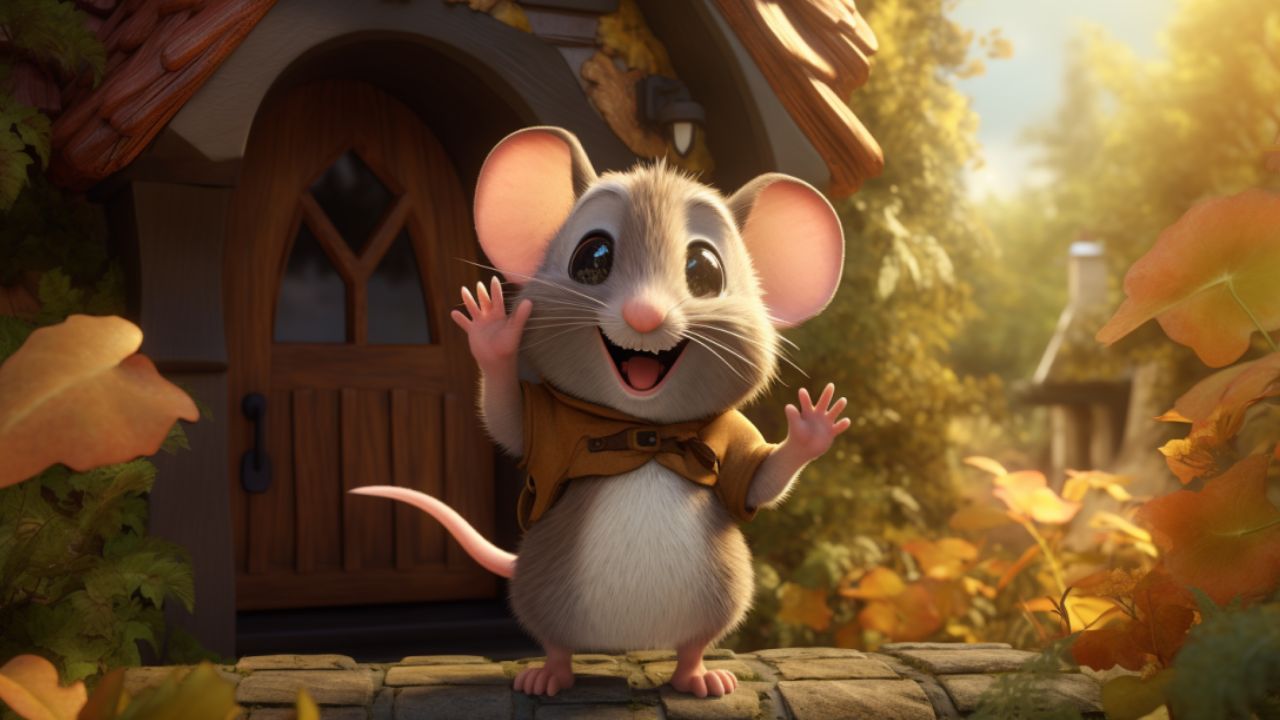
Delving into the world of the North American Deermouse has been an enlightening experience. From understanding its unique physical attributes to decoding its behavior, diet, and breeding practices, we’ve covered a lot of ground. These small, yet fascinating creatures, are a testament to the diversity and wonder of nature.
Reflecting on the Journey of Learning about the North American Deermouse
It’s incredible how much one can learn about a species when taking a closer look. The North American Deermouse, often overlooked or misunderstood, has shown us that there’s more than meets the eye. Their adaptability, intricate behaviors, and the role they play in their ecosystem are truly commendable. Whether you’re a potential pet owner or just someone with an insatiable curiosity about the natural world, there’s no doubt that the Deermouse offers a wealth of knowledge and intrigue.
Encouraging Informed Choices, Responsible Adoption, and Share-worthy Knowledge
If you’re considering bringing a Deermouse into your life, let this exploration guide you to make informed decisions. Their well-being, like any pet or wild creature, should be a priority. Understanding their needs, behaviors, and health requirements can pave the way for a harmonious relationship.
Furthermore, for those not looking to adopt but simply to understand, we hope this deep dive has equipped you with share-worthy knowledge. The more we know about the creatures around us, the more we can contribute to their conservation and coexistence. Whether you decide to share this information, further your understanding, or even responsibly adopt a Deermouse, remember to always tread with care, respect, and love for the natural world.

